Furniture geography and cultural codes
To travel today is to discover that behind the seemingly globalized façade of contemporary furniture lie deeply rooted cultural codes. A hotel lobby in Tokyo, New York or Paris may seem to obey the same aesthetic rules, but a careful eye will detect radically different philosophies.
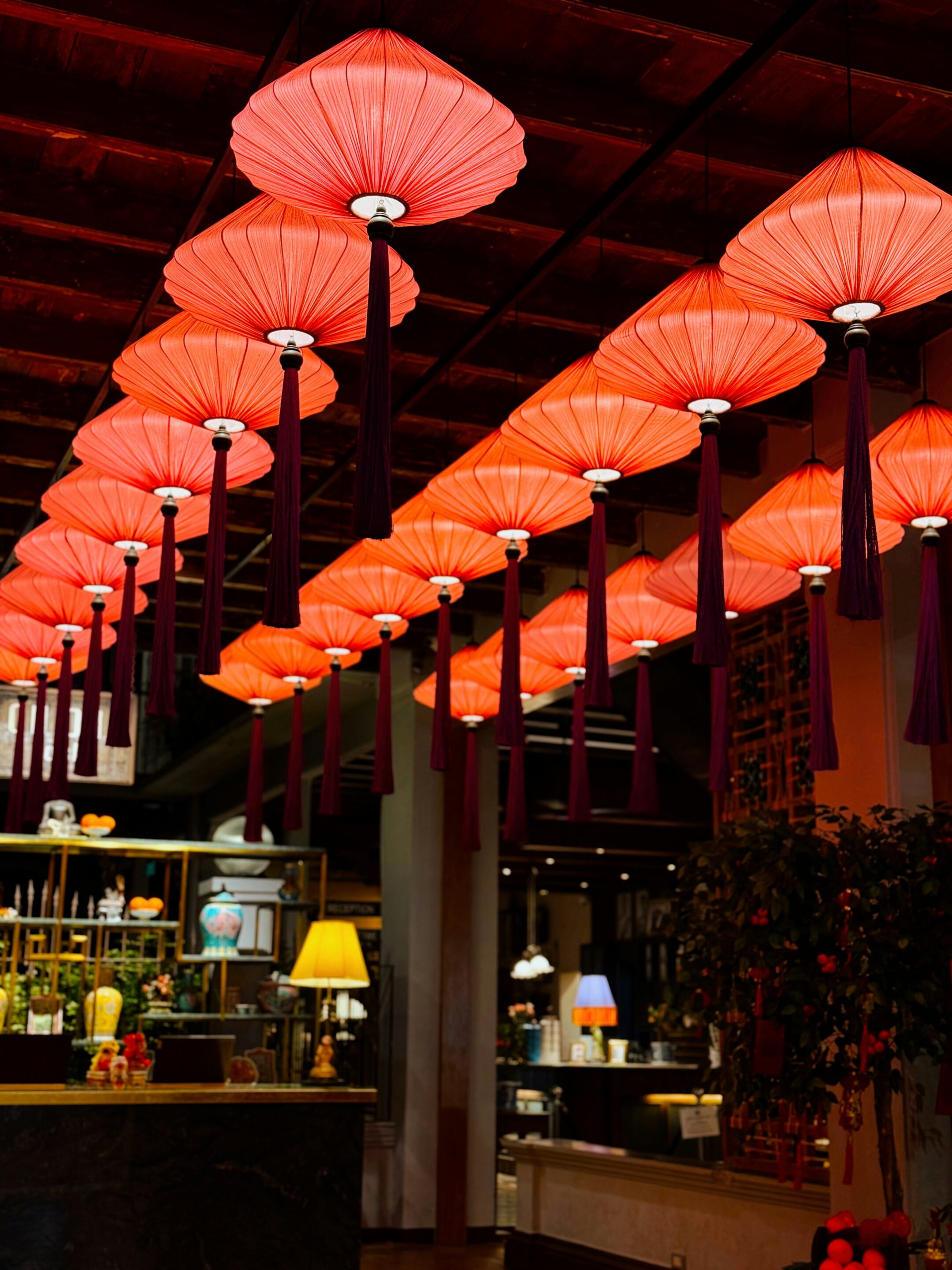
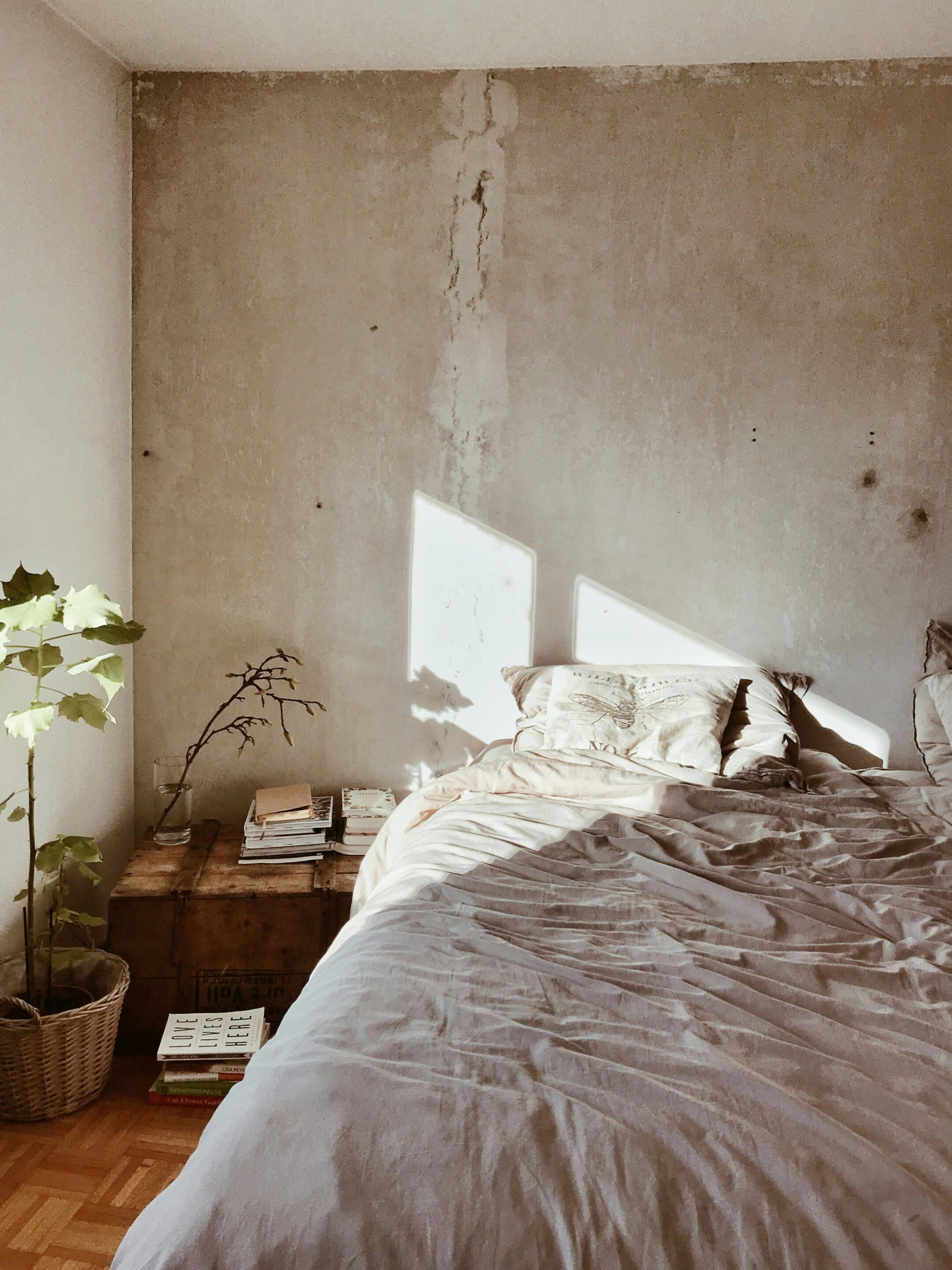
The European art of living
In Europe, office furniture still bears the traces of an age-old culture of craftsmanship and heritage.
In France, and especially in Paris, even the most contemporary hotels display a certain obsession with the art of living, tinged with nostalgia: top-of-the-range furniture often inspired by Arts Deco, generously proportioned armchairs inviting conversation, round tables promoting conviviality, subdued lighting creating a sophisticated intimacy.
Italy cultivates an assumed theatricality where every piece of furniture becomes a work of art. Sculptural armchairs, sensually curved tables, spectacular lighting… Italian furniture transforms space into a stage for a perpetual spectacle of elegance. This aesthetic reveals a culture that makes beauty a daily imperative and seduction an art of living.
Spain and Portugal have developed a Mediterranean aesthetic that blends human warmth and sophistication. Noble materials with rough textures, earthy and ochre colors, solid but welcoming furniture… This approach reflects cultures that favor conviviality and hospitality, where furniture must above all encourage encounters and exchanges.
Great Britain, on the other hand, cultivates a refined eclecticism that blends aristocratic tradition with contemporary innovation. Revisited club armchairs, wall-mounted bookcases transformed into decorative elements, audacious blends of old and new… This aesthetic reveals a culture capable of reinventing its codes without denying them, reflecting a society that has turned tradition into a breeding ground for innovation.
Germany favors functionality without ostentation. Furniture here features pure lines, noble but discreet materials and perfect ergonomics. This aesthetic reflects an industrial culture that makes functional well-being a cardinal value. Nothing is superfluous, everything is designed to last and to serve.
In Scandinavia, the famous “hygge” is expressed in every curve of an armchair, every shade of blond wood. Furniture here cultivates a refined simplicity that reflects an egalitarian society where luxury is lived in sobriety and quality rather than accumulation.
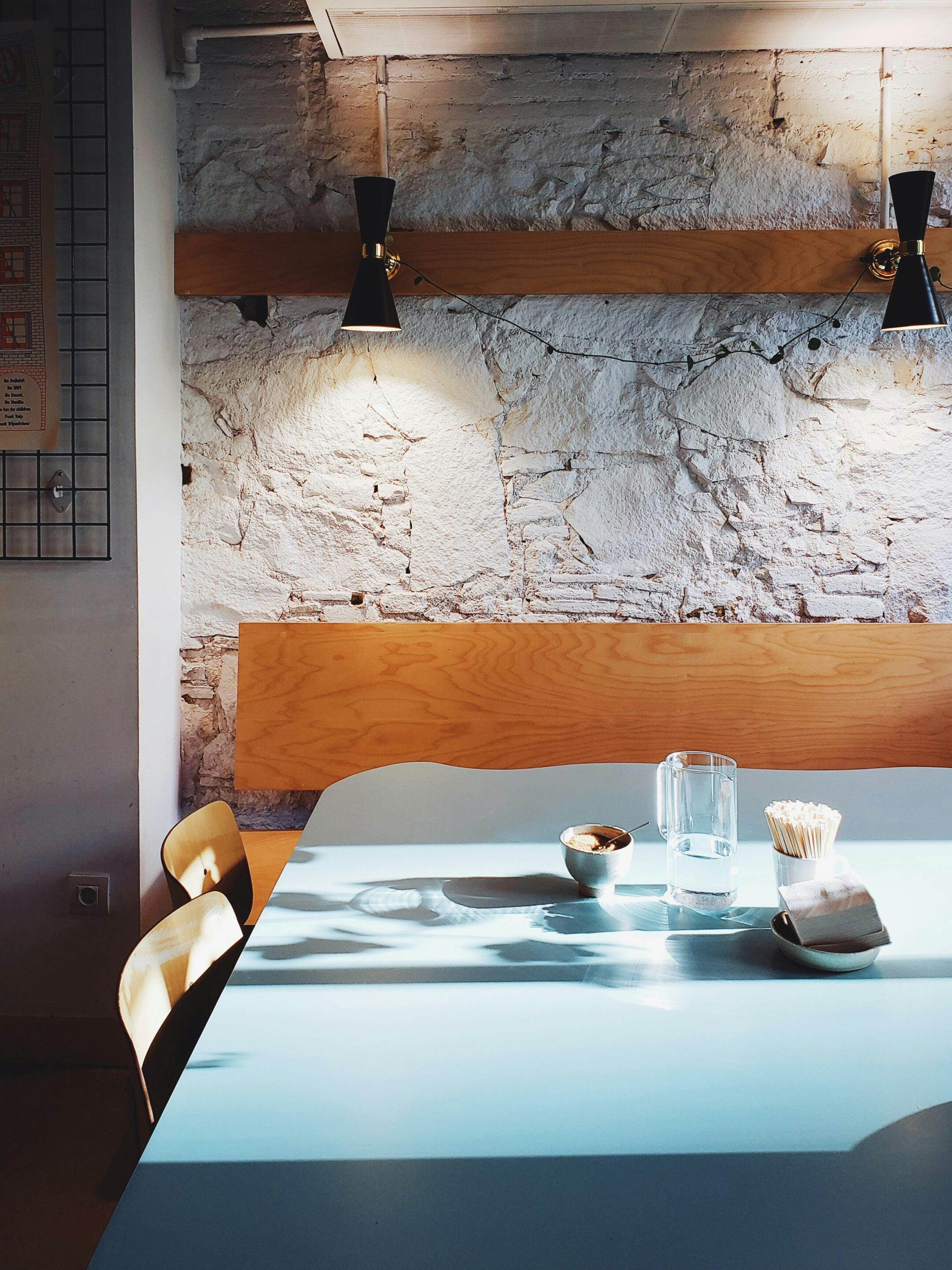
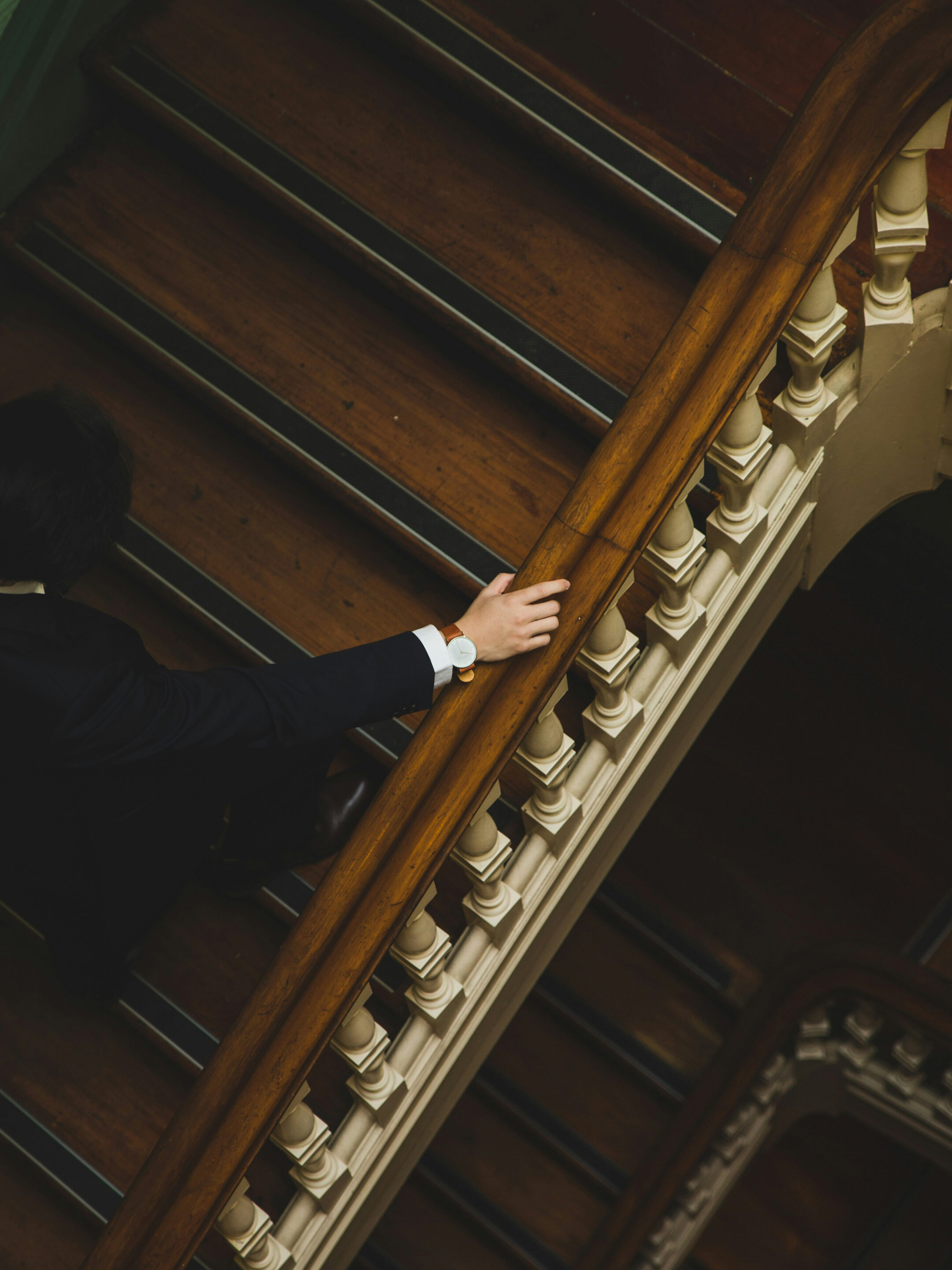
Asian spirituality in matter
Asia’s approach to furniture is deeply influenced by its ancestral philosophies.
In Japan, the influence of Zen is evident in these uncluttered spaces, where every object has its place and purpose. Japanese hotels cultivate a minimalism that is not empty but full of meaning: contemporary tatami mats, low tables inviting meditation, sliding partitions redefining space as needed.
Contemporary China, on the other hand, plays with virtuosity between tradition and modernity. In the palaces of Shanghai and Beijing, furniture blends traditional black lacquer with integrated digital technologies, ancestral calligraphy with LEDs programmable LEDs. This synthesis reveals a culture in perpetual motion, capable of absorbing outside influences while preserving its age-old identity.
South Korea takes this logic a step further with its hyperconnected spaces, where furniture naturally integrates technology. Tactile tables, armchairs with integrated massage, adaptive lighting… Here, furniture becomes an interface between the human and the digital, reflecting a society that has made high-tech an art of living.
Thailand is developing an aesthetic that draws on Buddhist spirituality while embracing legendary hospitality. Carved wooden furniture with sacred motifs, meditation cushions transformed into contemporary seating, openwork screens creating Zen intimacies… This approach reveals a culture that sacralizes hospitality and makes every space an invitation to serenity.
The Philippines cultivate a fascinating syncretism between Spanish colonial heritage and Austronesian traditions. Woven rattan furniture with organic shapes, expressive tropical woods, barong textiles barong integrated into the furnishings… This mixed-race aesthetic bears witness to an archipelago culture that has preserved its craft traditions while opening up to outside influences.

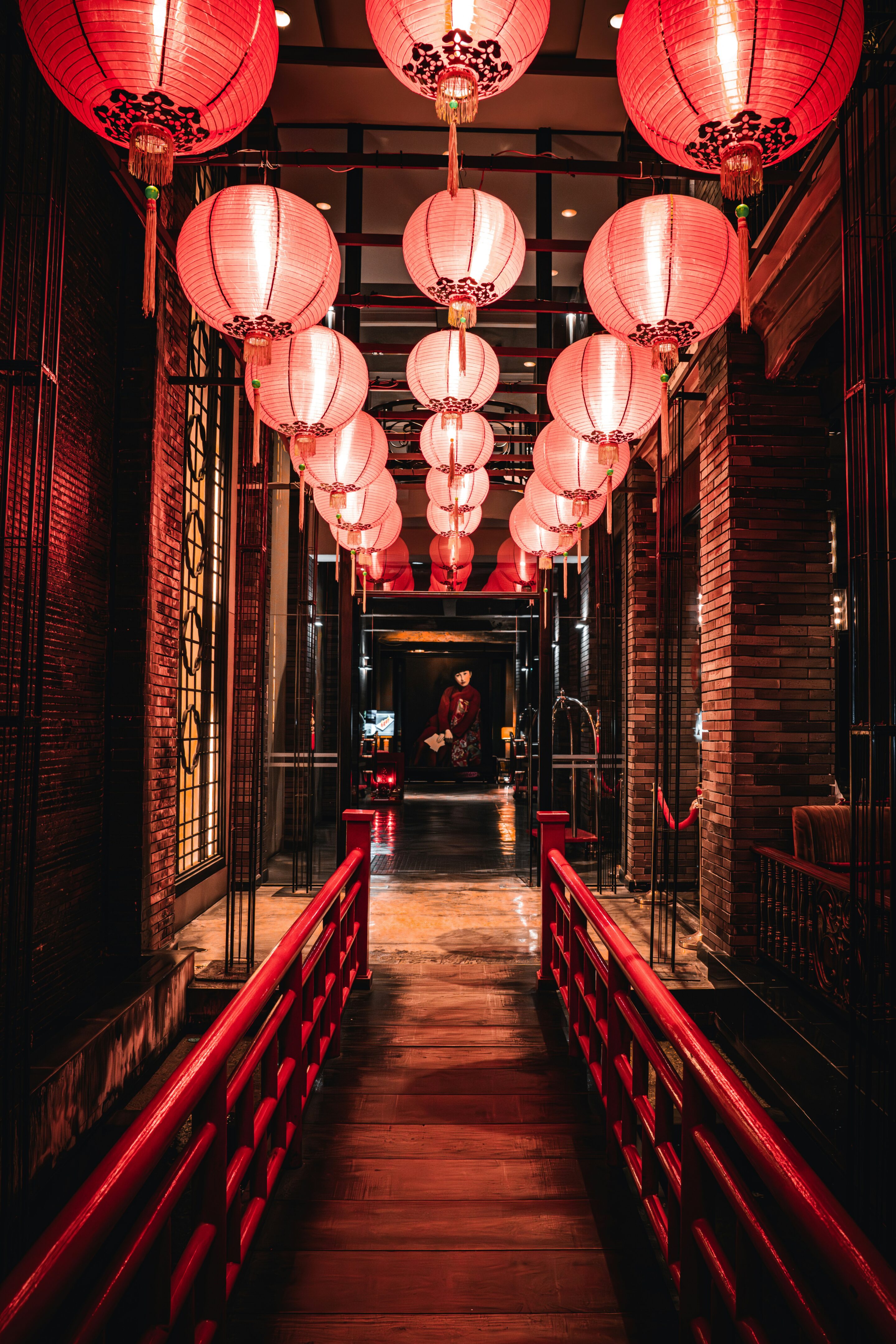
American optimism
The United States has developed a furniture aesthetic that reflects its culture of entrepreneurship and optimism. In American hotel lobbies, everything exudes energy and dynamism: bright colors, generous shapes, open spaces that encourage spontaneous encounters. The furnishings cultivate an assumed casualness that reflects a society less constrained by traditional social codes.
The American West Coast pushes this logic towards a “casual luxury” aesthetic, blending Californian references and technological innovations. Soft leather armchairs, recycled wood tables, hijacked industrial lighting… This casual yet refined aesthetic reflects the influence of Silicon Valley on American culture as a whole. In contrast, the East Coast maintains more European references, with furniture that plays on the codes of traditional prestige while updating them. This duality reveals an America torn between its European heritage and its own identity.


Contemporary hybrids: when cultures mix
Globalization is creating fascinating phenomena of cultural hybridization. The major hotel chains are developing “furniture signatures” that skilfully blend cultural codes according to their clientele. An Aman hotel will cultivate a Zen-minimalist aesthetic that can be adapted to suit its location in Tokyo, New York or London. A Four Seasons will deploy a hushed sophistication that borrows from local codes while maintaining a recognizable identity. These syntheses reveal the emergence of a new global elite that shares common aesthetic references while remaining sensitive to local cultural specificities. Furniture thus becomes a visual Esperanto, understandable by all but adaptable to regional sensibilities.
Emerging countries are developing their own cultural syntheses. Dubai cultivates an aesthetic of ostentatious excess, blending traditional oriental references with high-tech futurism. Brazil invents a “tropical luxury” that blends local materials with international design. Contemporary India reinterprets its craft traditions in creations that dialogue with global aesthetics. These new geographies of design reveal a globalization that is more complex than it seems, where apparent uniformity in reality conceals a multiplication of cultural expressions.
Geopolitics of taste: when furniture reveals power relations
Beyond aesthetic differences, office furniture also reveals contemporary geopolitical power relations. The hegemony of Scandinavian design in global workspaces reflects the soft power influence of the Nordic countries and their envied social model. The ubiquitous Eames chairs and standardized Herman Miller tables speak of twentieth-century American cultural domination, now challenged by the emergence of new players. China is no exception, developing its own brands of luxury furniture to compete with Western references. When a Shanghai hotel chooses furniture designed and manufactured entirely locally, it’s as much a political act as an aesthetic one. Likewise, the explosion of Indian, Brazilian and African designers on the international design scene, although not yet very visible, reflects a recomposition of global cultural hierarchies.
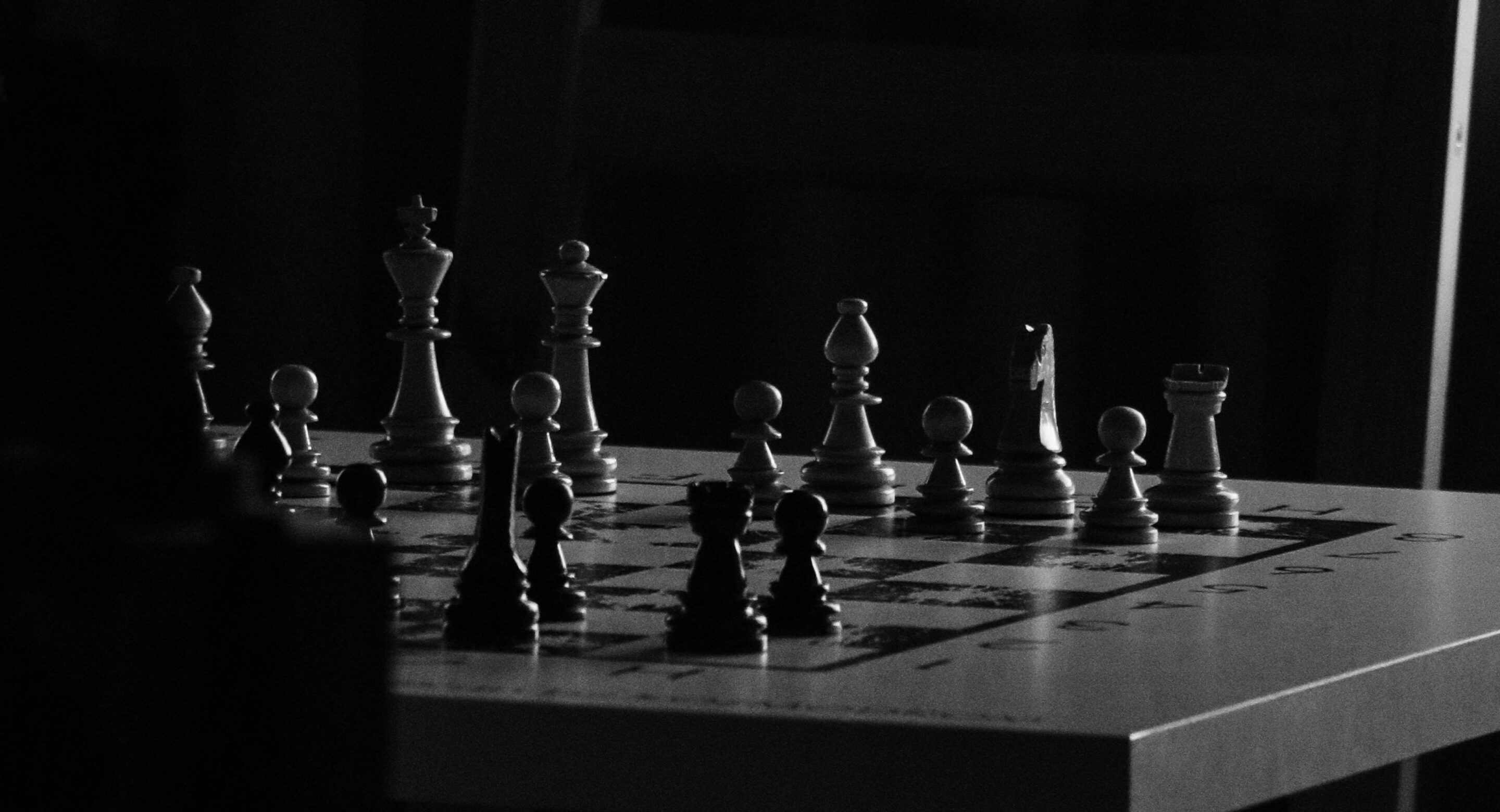
The secret codes of power
In spaces of power – head offices, luxury hotels frequented by the elite – the choice of furniture obeys sophisticated codes that only insiders can fully decipher. A solid walnut table from a century-old Italian workshop, an armchair signed by a legendary Danish designer, a lighting fixture created specifically for the space… These details, invisible to the layman, constitute a complex language of recognition between peers. These codes also reveal nations’ strategies for cultural influence. When France promotes its cabinetmakers in international palaces, when Italy imposes its contemporary furniture designers, when Japan disseminates its minimalist aesthetic, a whole national imaginary is subtly propagated and imposed.
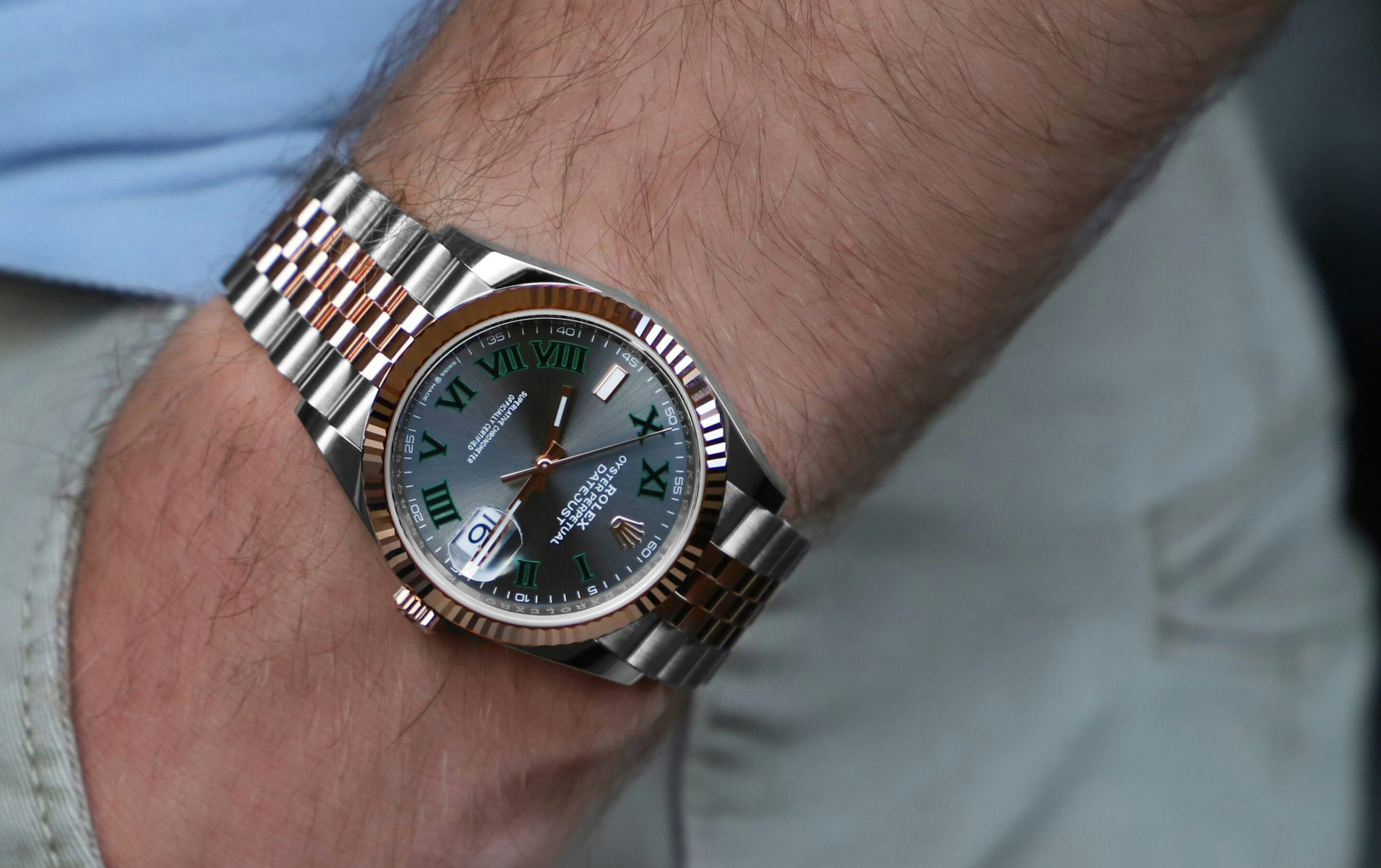
The art of cultural storytelling
Office furniture functions as a complex narrative system that varies from continent to continent. Each piece contributes to the construction of a different narrative about our common era: European ecological aspirations, American technological optimism, Asian tradition-modernity synthesis, the will to power of the Gulf states These everyday objects thus become silent witnesses to our cultural diversities as much as to our shared humanity. They crystallize our specific social evolutions, our national economic transformations and our regional aesthetic mutations, while participating in a global movement to transform lifestyles.
More than mere functional supports, they are a living archive of our plural times. A Berlin armchair doesn’t tell the same story as a Tokyo chair or a New York chair, even though they are all part of the same era and the same humanity. Fifty years from now, historians studying our era will undoubtedly be interested in these chairs, tables and lighting fixtures. They will discover, engraved in the material, not only the traces of our shared concerns, but also the richness of our cultural differences. For this is the true power of furniture: to transform the invisible of our cultures into the visible of our daily lives, to reveal the universal through the particular, the human through the local.
